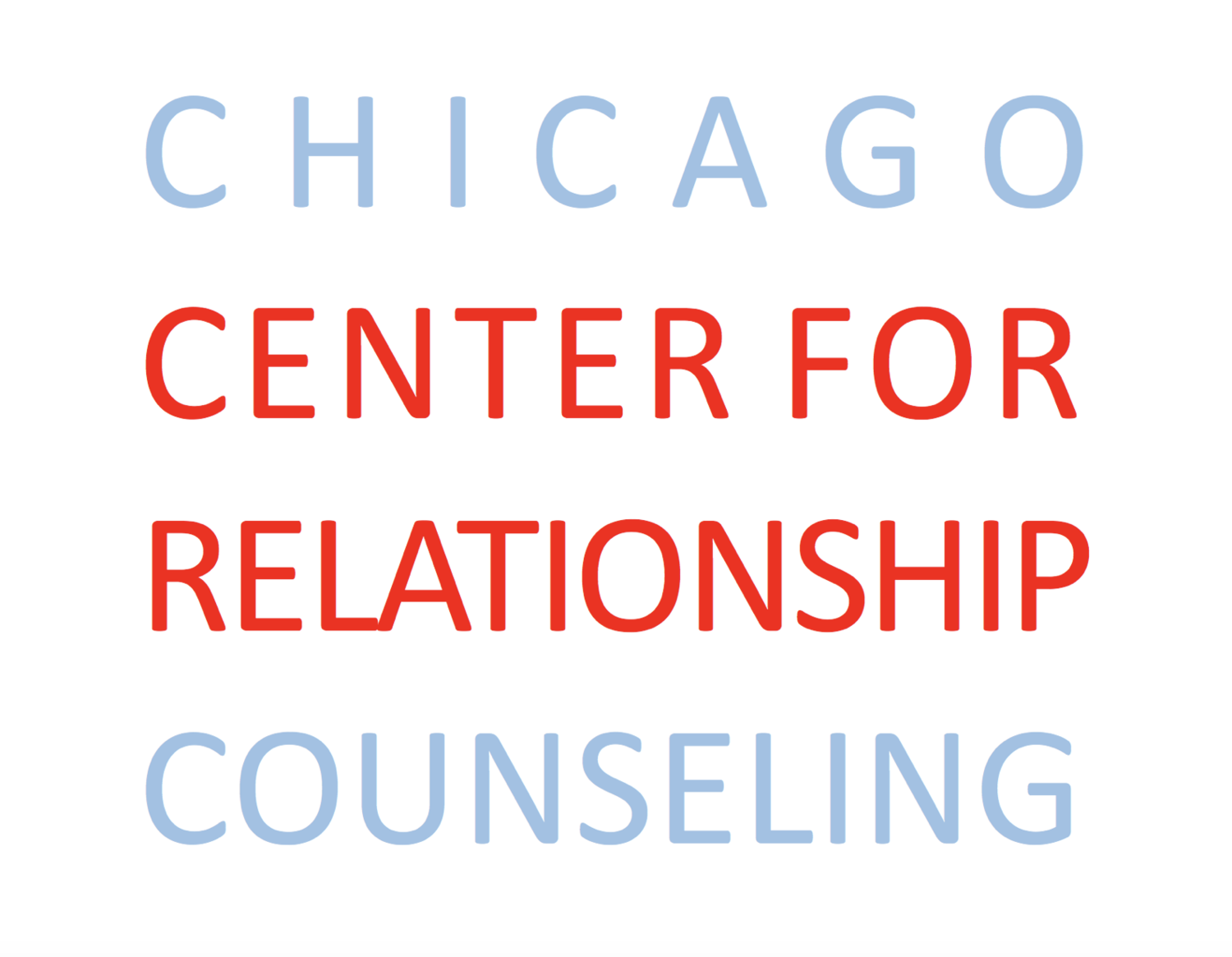A therapist is usually thought of as a professional whom someone goes to when they need to talk or vent about issues or life stressors. However, the way I was trained at the Family Institute at Northwestern University was that the purpose of therapy is to help people change. There can absolutely be some use in talking and venting, but therapy with a concrete, actionable goal can accomplish so much more. Being in a position to ask others to be brave and change, I am also deeply committed to changing myself. I know intimately the pain and struggle that comes along with realizing you are unhappy with your life, and the challenges associated with attempting to transform it.
Since change is so uncomfortable, a saying of mine is that “change becomes a necessary step once we can no longer emotionally afford to stay the same.” Homeostasis feels familiar at least, even if it isn’t the happiest state. How many times have you said “I want to eat better,” or “I want to stop yelling at my kids,” but a few days later, there you are with the potato chips or screaming at the top of your lungs. Lasting change requires a number of things, including a heartfelt realization that it is necessary.
Here, I outline research-backed factors that can help you break out of that homeostasis and achieve your goals:
- Simply taking the first step toward change by attending an initial therapy session can make a huge difference. In a 2006 study in the Journal of Counseling Psychology, 88% of people’s presenting symptoms improved after just one therapy session. This doesn’t mean their goals were met completely, but something about the act of seeking and showing up to therapy helps. In my work, I notice the strength it requires to decide to seek help and fight feelings of fear and vulnerability to show up and talk to a stranger about your problems. I am a firm believer that all people inherently possess the inner strength necessary for change – but many of us just need the expertise and training of a therapist to help bring that out.
- The therapeutic relationship, or alliance, is touted among therapists as the most important ingredient in change. According to the book Common Factors in Couple and Family Therapy (2009), this alliance is comprised of tasks, goals, and bonds. Tasks are what the therapist tells you to do in the room or at home, such as practicing a new way of telling your partner about your needs or writing a gratitude journal. Goals for treatment should be set in the first few sessions but should also be reviewed periodically to see whether they are being met or have changed. Lastly, “bonds” are your feeling of connection with the therapist which can be derived from how much empathy you feel from them, their ability to remain nonjudgmental, or in plain terms, whether you like them as a person.
- Motivational Interviewing is a well-researched and effective therapeutic style. The essence of MI is helping people articulate their goals and ways they would like to change, in their own words. In my experience, it means more than if I were to just tell someone what to do. I am not you, so how can I assume to know what will work for you? In my own therapy, I have noticed that if my therapist starts lecturing me, my eyes start to glaze over. It’s easier to be invested in and remember the words that come out of your own mouth.
- We all have heard the saying that “10,000 hours of continuous practice are needed to become an expert” (Gladwell, 2008). Change takes practice. Couples that would like to improve their communication need to learn new patterns of relating. People with difficulty setting boundaries in their life might need to say no more often. We have all learned patterns and schemas, often in childhood, that direct how we view and take on the world. It is incredibly hard to change thoughts and behaviors we have held for such a long time. You must practice over and over, make mistakes, and still persist.
- Lastly, Dialectical Behavior Therapy has been found to be the most effective treatment for people with Borderline Personality Disorder and intractable self-harming and suicidal behaviors. The definition of dialectical is integrating opposites, which I believe is relevant to everyone. I encourage you to accept and love yourself the way you are now, but to also seek change. When I ask my clients what they are most afraid of in relationships or in life, it usually boils down to fear of not being good enough. Not a good enough mother, partner, friend, employee, boss, body, etc. I want you to reframe that and say, “I AM enough, AND I deserve to keep getting better”. Nathaniel Branden, a renowned therapist and writer about self-esteem, said, “the first step toward change is awareness. The second step is acceptance.”
Taking the first steps to change may be what tips the scale of a revolution of self. After that, choosing the right therapist, articulating your goals, practicing new patterns, and loving yourself as-is can take you far.
These are just a few points important to me as a therapist, but I’d love to hear the ways in which you have helped yourself enact lasting change, or strategies you’ve provided to others in their journey to change. Let me know in the comments!
~ Grace
Grace currently sees clients at our Ravenswood location. She can be reached by phone at (786)239-5280.
Check out Grace's Psychology Today profile

